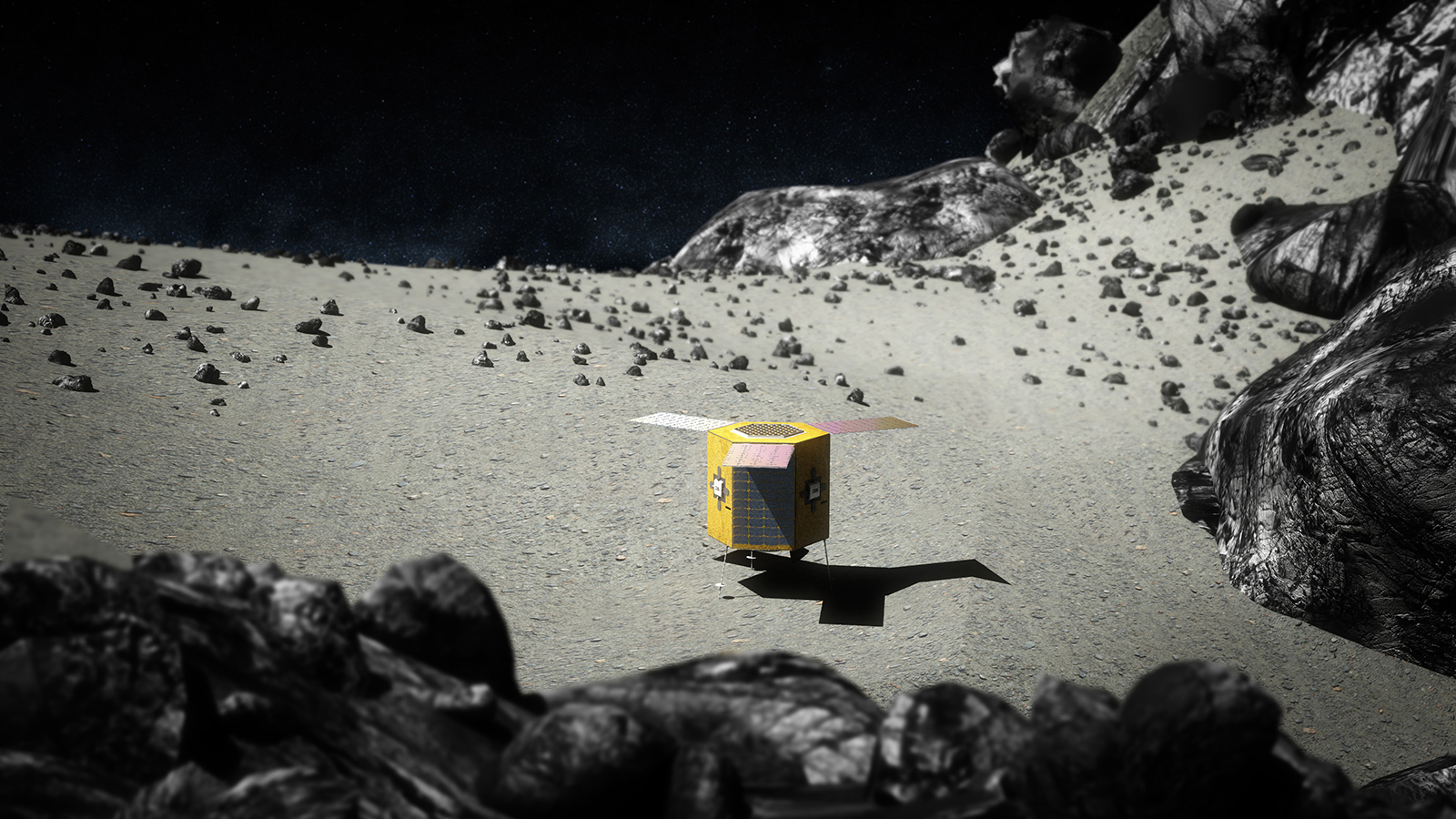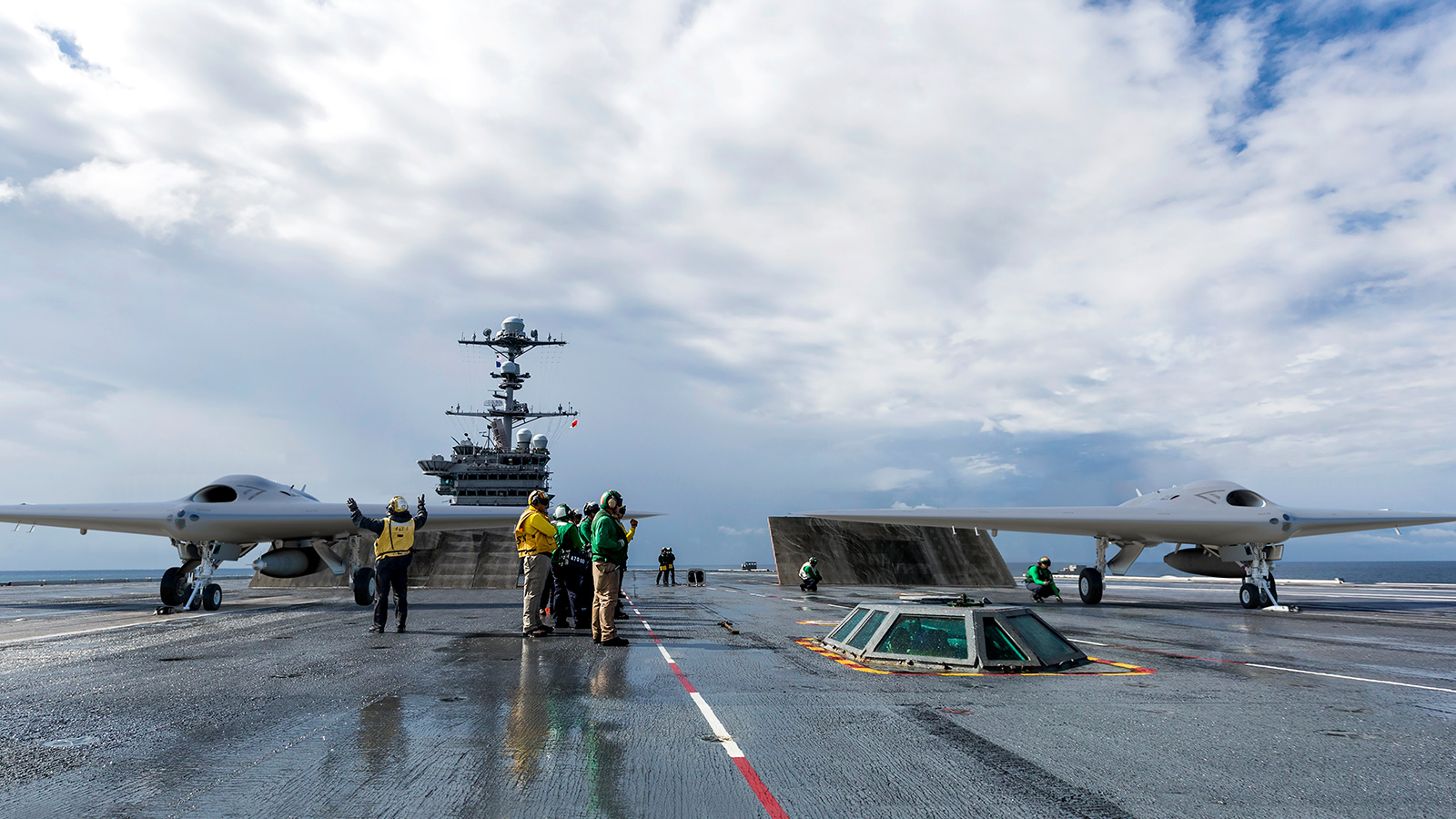Systems engineer sees projects from design through flight tests
By Debra Werner|May 2018
Samantha McCue, 28, systems engineer and test director for Kratos Defense and Security Solutions’ Mako unmanned aircraft
Growing up in the Chicago suburbs, Samantha McCue and her siblings loved visiting their father at O’Hare International Airport where he worked in passenger and cargo services for airlines. McCue realized that aircraft were her calling. Now, as a systems engineer for the technical services company 5-D Systems, she works in Sacramento, California, at Kratos Defense and Security Solutions, a supplier of drones and aerial targets. She helped shepherd the jet-powered UTAP-22 Mako combat unmanned aircraft to flight testing. These Cessna-sized planes were designed from aerial target drones and can fly in formation with conventionally piloted warplanes. Once out of fuel, they fall to the ground under parachutes. In March, the U.S. State Department approved Makos for sale to European and Asia-Pacific nations.
How did you become an aerospace engineer?
When I was little, my siblings and I loved to visit our father at work and crawl around the cargo airplanes. From then, I associated airports and airplanes with adventure and discovery. My interests in aviation and spaceflight blossomed throughout school. At the University of Illinois, I earned a degree in aerospace engineering and a minor in the professional pilot program. I led teams participating in NASA test programs aboard the Zero Gravity Corp. “Vomit Comet” plane, interned with companies, earned my pilot’s license, and advocated for STEM programs. After graduation I worked as a systems engineer on next-generation space capsules, gaining invaluable experience designing systems and their test programs. However, I wanted to get back to aviation, and particularly, work on unmanned systems. I started working on the Low-Cost Attritable Strike Demonstration program in 2016 as part of the Kratos team. About six months later, Kratos needed systems engineering support on the Unmanned Tactical Aerial Platform Mako program. In less than one year we integrated two new payloads, designed and tested a tablet control station for operators, modified the vehicle for land and water landing scenarios, completed multiple flight tests and participated in a full-scale military exercise. It’s pretty hard to beat designing something in January and getting to flight test it in the summer.
Imagine the world in 2050. What do you think will be happening in unmanned aircraft?
In 2050, I think unmanned aircraft will be common for both commercial and military applications. Commercial unmanned systems will be better regulated and used safely in applications ranging from package and food delivery to providing infrastructure for communications in small, remote and/or depressed geographic areas. On the military side, I think we will see unmanned and manned systems teaming across all battle spaces: land, air and sea. Many tactical unmanned air systems like the Mako and Low-Cost Attritable Strike Demonstration will be flying with a few manned aircraft. Unmanned aircraft will be leading the missions and keeping pilots and their aircraft safe. It will be fun to reminisce about being an engineer at the beginning of the paradigm shift and know that I was a part of making that future a reality.








